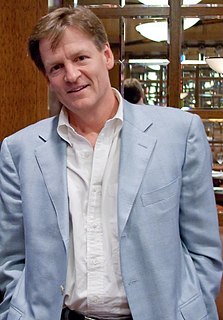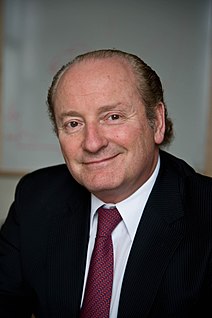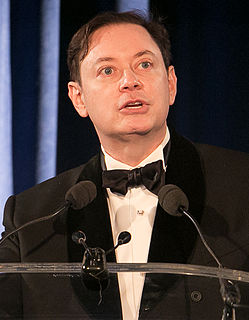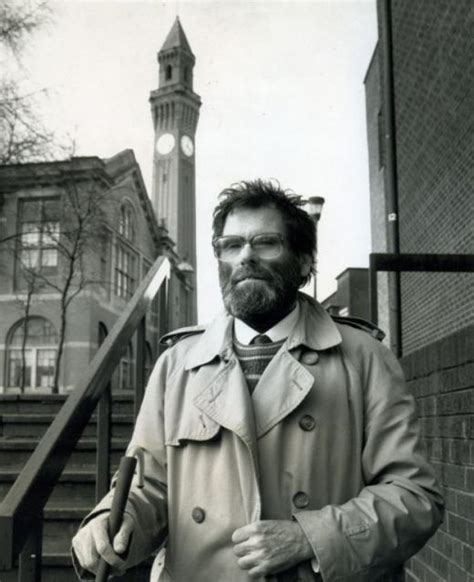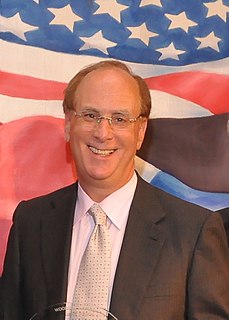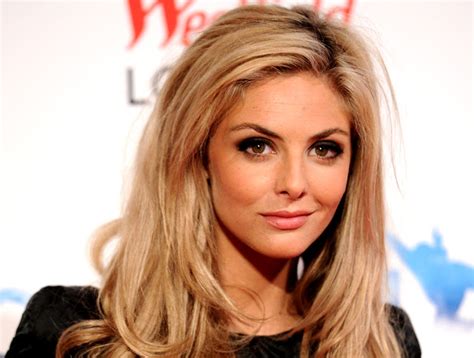A Quote by Michael Lewis
Looking into it a bit, Jamie found that the model used by Wall Street to price LEAPs, the Black-Scholes option pricing model, made some strange assumptions.
Related Quotes
Black-Scholes is a know-nothing system. If you know nothing about value - only price - then Black-Scholes is a pretty good guess at what a 90-day option might be worth. But the minute you get into longer periods of time, it's crazy to get into Black-Scholes. For example, at Costco we issued stock options with strike prices of $30 and $60, and Black-Scholes valued the $60 ones higher. This is insane.
Please remember one lesson of the 20th century. One cannot force happiness, impose happiness on nations by imposing any kind of utopia on others. The Communist model of society was a kind of imposed utopia for which the Russian people in particular paid a great price. Still, sometimes we see that attempts are being made to impose some other kind of model on the entire world - maybe a Westernized or Americanized model... This is not the way to go because this can only create conflict.
